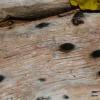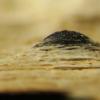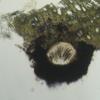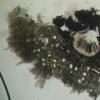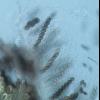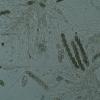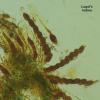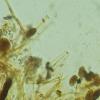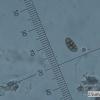
09-12-2025 12:06
 Andgelo Mombert
Andgelo Mombert
Bonjour,Je recherche l'article concernant Hypobryo

08-12-2025 18:59
 Lothar Krieglsteiner
Lothar Krieglsteiner
.. found by a seminar-participant, I do not know t

08-12-2025 21:04
Mark Stevens"Hello everyone,I'm relatively new to microscopy (

08-12-2025 17:37
 Lothar Krieglsteiner
Lothar Krieglsteiner
20.6.25, on branch of Abies infected and thickened

07-12-2025 16:07
Arnold BüschlenHallo, ich habe in einer Moos-Aufsammlung (epiphy

16-03-2014 22:00
Hello,I found this species a few months ago but ha

08-12-2025 13:39
Thomas Læssøehttps://svampe.databasen.org/observations/10572899
Possibly Mycothyridium lividum (to confirm)
Stephen Martin Mifsud,
13-11-2024 08:01
 I am revising some old material again and I have these black semiglobular perithecia on bark of Thymus capitatus, about 0.5 mm in across mostly immersed in the woody bark. The ascospores are 5-7 septate (or having 6-8 compartmnts if that is easier), brownish-black, arranged imbricately or stacked diagonally in the ascus. The Asci are also interesting for having a broad funnel-shaped pore with a lonk neck when not fully mature and I think they are J-ve and bitunicate. Ascospores dextrinoid in KI (?). Paraphyses simple, threadlike, unspecialised, flexuous, 2-3um wide.
I am revising some old material again and I have these black semiglobular perithecia on bark of Thymus capitatus, about 0.5 mm in across mostly immersed in the woody bark. The ascospores are 5-7 septate (or having 6-8 compartmnts if that is easier), brownish-black, arranged imbricately or stacked diagonally in the ascus. The Asci are also interesting for having a broad funnel-shaped pore with a lonk neck when not fully mature and I think they are J-ve and bitunicate. Ascospores dextrinoid in KI (?). Paraphyses simple, threadlike, unspecialised, flexuous, 2-3um wide. Asci size (mean): 150 x 15 um
Ascospores (mean) : 18 x 9 um
I am considering this to be Mycothyridium lividum, already reported from thyme but expert advice is welcomed. There is actually one thing that I am not seeing in my collection - the ascospores of (Myco)Thyridium lividum sometime have diagonal septae - not sure if this is characteristic for the species. Mattirolia sp. is another fungus to consider, (e.g. Mattirolia ohiensis = Teichospora ohiensis Ellis & Everh)...

